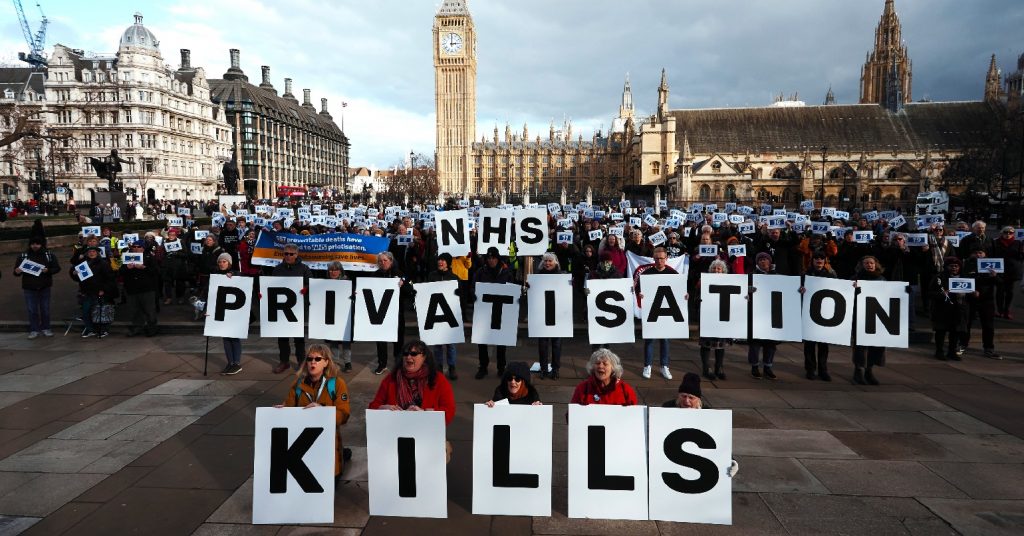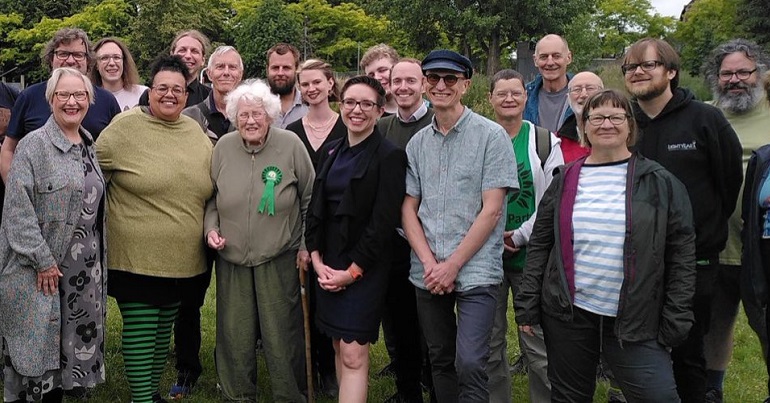A Community Strategy to Beat Austerity
Guest post by Jon Bee
The attacks on our standard of living as a result of the economic crisis and the neo-liberal cuts agenda are currently being fought against by single issue campaigning groups and coalitions, without strong roots in communities. Lessons from the Poll Tax struggle show us that this is a strategic mistake, and a missed opportunity to re-build and re-vitalise the once the once-powerful tenants movement.
One of the main reasons that the government is able to impose these cuts and privatisations, is that traditional working class organisations have long been in decline, and are far less influential than they were. In the past, the tenants movement, along-side the unions, has been incredibly important in fighting for progressive changes to the way this country was run. From the Red Clydeside and the rent strikes, to fighting for post-war social housing and decent public services, the tenants movement has been significant force for progressive social change.
These days, following de-industrialisation and the privatisation of council housing, the tenants movement, like the unions, have lost much of their strength – but they have not lost their potential.
If we recognise that the decline of these traditional organisations have in many ways created the opening needed for these kinds of neo-liberal reforms, re-building them must form part of any strategy. Any fight against these cuts must also attempt to strengthen these traditional working class organisations that can ensure that we are in a stronger position in the future.
There are two strategic disadvantages to the way the anti-cuts struggle is currently being organised. The first is related to their ‘single-issue’ focus, and the second is their ‘centralisation’, and the huge areas these groups are supposed to cover. Both of these issues suggest that reviving the tenants movement is now more important than ever.
Single issues
There are a huge number of cuts that are affecting our neighbourhoods, which Tenants and Residents Associations (TRA) could be involved in. However, the majority of campaigns against these cuts and closures in our communities are single-issue campaigning groups. They are either focused on a particular asset that the community wants to keep, such as a community centre or library, or they are broad anti-cuts campaigning groups, opposing individual cuts, and building for national demonstrations.
Whether the campaign is successful or not, the single-issue campaigning group, its contacts, experience and momentum are largely lost. An example here is the Poll Tax movement. There were large federations of neighbourhood level organisations with a single purpose, to oppose the Poll Tax. After that struggle was won, the Poll Tax groups all but disappeared, and with them, the networks, experience and resources were largely lost.
Centralisation
The second issue is that these single-issue anti-cuts groups tend to cover very large areas. For example, in Edinburgh there is North Edinburgh Fights Back, which covers most of the Forth ward, which is roughly 30,000 people. The Leith anti-cuts group potentially covers the council wards of Leith Walk and Leith, which contain 18,000 people, and 25,000 people respectively. This indicates a high degree of centralisation, and a lack of engagement with the grass-roots.
This is another lesson we can learn from the anti-Poll Tax struggle. While it was national demonstrations making headlines, the real backbone of the movement was in the grass-roots. People were organising with their neighbours to set up local Anti-Poll Tax Unions, to support one another, to resist sheriff officers, and build for those impressive demonstrations. There were twenty-five Poll Tax groups in Edinburgh alone, and three in North Edinburgh. These groups even had block coordinators on most streets, knocking on doors, publicising meetings, and delivering leaflets to their neighbours. The way it was organised built strong networks of local activists and a sense of community.
The potential of the tenants movement
So with those two points in mind, it makes more strategic sense to use the anti-austerity struggle to strengthen long term community organisations like Tenants and Residents Association. There are around 50 Tenants and Residents Associations in the Edinburgh Tenants Federation which could be re-invigorated, and there are many areas where there are none. These are organisations which can carry on after the cuts struggle, whatever the outcome might be. And since these organisations are decentralised and rooted in our communities, they could take on the critical role that the local Poll Tax groups did, in building and sustaining a successful national campaign.
As the Poll Tax struggle shows us, Tenants and Residents Association’s may well be exactly the kind of organisations that are needed to beat austerity. This struggle presents an opportunity to revive and revitalise the tenants movement, and to more generally reverse the decline of working-class self-organisation that presented the opening for these kinds of neo-liberal reforms in the first place. Neighbourhood-level organisations such as Tenants Residents Associations and the federations there-of could once more become an influential political and social force, involved in community planning, local democracy, and fighting for progressive change.




Leave a Reply